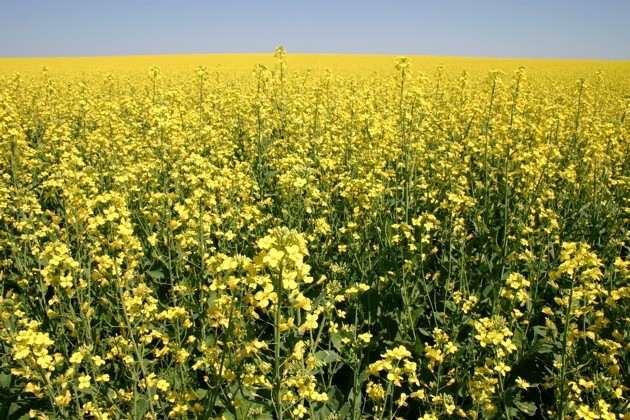Dow hails surge in omega-9 canola production as industry seeks healthier fats

Dow also launched an omega-9 sunflower oil last year, and has been offering its range of high-oleic canola oils and bakery shortenings since 2005. They received a boost when the Food and Drug Administration (FDA) passed legislation requiring labeling of trans fats from 2006, following the discovery of a link between consumption of artificial trans fats and heart disease.
However, as companies have sought to cut trans fats, some manufacturers have turned to fats and oils high in saturated fats, many of which are also thought to be harmful to heart health.
"Although the US Food and Drug Administration has required food labeling of trans fats since 2006, many processed foods still contain unhealthy levels of trans fats and high levels of saturated fat," said Neil Hawkins, vice president of Sustainability and Environment, Health and Safety for Dow.
Dow claims that the appeal of its omega-9 oils for food manufacturers lies in their longer fry life compared to other commonly used oils, and a cleaner taste profile, as well as growing awareness of the health benefits of poly- and monounsaturated fats.
The agribusiness conglomerate has ramped up production of its omega-9 canola oil in an effort to meet surging demand, and production stood at about 1.3bn pounds over this past year, compared to just under 600m pounds in 2011. Last year’s production was actually down on 2010 production of more than 700m pounds, due to widespread flooding in Western Canada and North Dakota that affected about 10% of the total cultivated area.
“Increased production of oils is made possible by a number of factors, including new and improved varieties that lower production costs and increase demand for canola from both the traditional food markets and the emerging biofuels markets,” the company said in a newly released white paper on the issue. “It’s also driven by evolving agronomic practices in many regions. For example, canola is now being included in crop rotations as some regions move away from mono-cultures.”
The company’s omega-9 canola oil contains 74% oleic acid – a monounsaturated fatty acid – 19% polyunsaturated fats, and 7% saturated fat, while its omega-9 sunflower oil contains 93% monounsaturated, 4% polyunsaturated, and 3% saturated.











